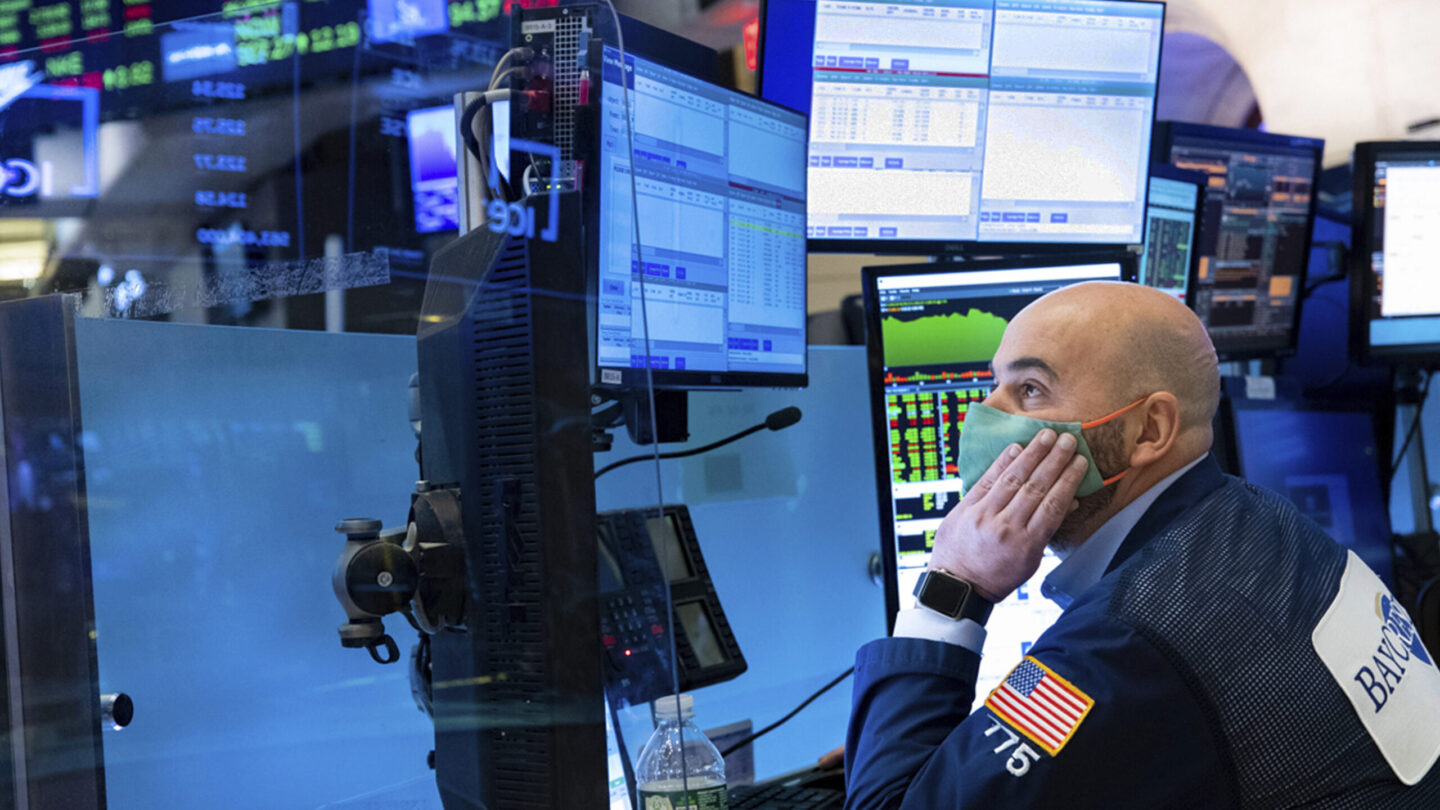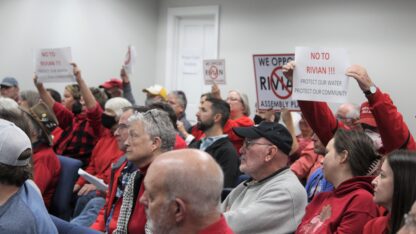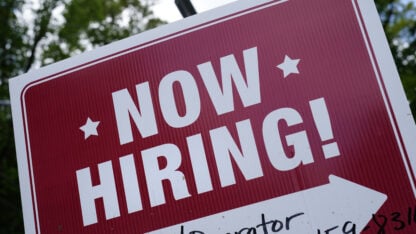It was a week that shook Wall Street as an era of easy money is coming to an end.
Markets went on such a roller coaster ride that it even stumped the most veteran investors, ending, remarkably, with the biggest rally of the year for the main stock indices.
The reason for all the volatility? The Federal Reserve this week telegraphed at its first policy meeting of the year that it plans to start raising interest rates as early as March to tackle inflation, which has reached 40-year highs.
Markets are penciling in four to five rate hikes this year, with Bank of America on Friday predicting as many as seven increases in 2022.
Here’s what to know about an incredible week in markets – and what it means for you.
Why are investors so fearful?
As it turns out, it’s not just average Americans who are worried about the economy and inflation.
Professional investors are, too. A unique period in Wall Street’s history is coming to an end. For most of the period since the 2008 Global Financial Crisis, inflation has remained relatively low and the Fed, for the most part, has kept interest rates near rock-bottom levels.
That’s made it very inexpensive for companies to borrow money, and it’s fueled Wall Street’s record-setting run.
That era seems to be over, or coming to an end.
The central bank hopes to raise interest rates just enough to bring down inflation but not so much as to hurt the economy. Investors are deeply uncertain about the Fed’s ability to strike that balance.
That has resulted in incredible swings in markets this week, often within the same day. On Monday, for example, the Dow Jones Industrial Average dropped by more than 1,000 points only to end the day with a modest gain.
The Dow ended on Friday with a more than 500 point gain, the biggest of the year, while the Nasdaq surged more than 3% after companies such as Apple brought some comfort by reporting good earnings.
Even Wall Street veterans say they haven’t seen this kind of sustained volatility since the dot-com bubble burst, back in 2000, or during the 2008 financial crisis.
So what should we expect from the economy?
Analysts widely expect economic growth this year will slow down after posting its strongest growth since 1984 last year.
That growth, however, was uneven, which is why many Americans don’t feel positive about the economy according to recent polls.
It’s not just inflation. The biggest challenge remains the pandemic itself. Each time infections flares up, it makes people nervous about getting out and traveling, and it cuts into consumption.
The pandemic also keeps would-be workers on the sidelines, and that just prolongs the staffing shortages and supply chain problems that have dogged the economy.
Take Lindsay Mescher, who runs the Greenhouse Cafe restaurant in Lebanon, Ohio. Right now, she’s struggling with not having enough customers, because of Omicron, but even when business picks up she’s worried about rising prices.
“Just yesterday, I got a text from my farmer. Our chicken went up a dollar a pound. And I understand that. Her costs went up too. But I can’t keep passing these costs on. I can’t charge $12 for a chicken-salad sandwich in this town. It’s just going to work,” she says.
The International Monetary Fund this week cut its growth forecast for the U.S. economy to 4%, down 1.2 percentage points from its previous estimate.
What do these economic challenges mean for us?
Borrowing costs are going to be higher as the Fed raises interest rates. We’ve already seen mortgage rates rise to their highest level since the start of the pandemic.
Car loans and other forms of credit will also be going up as the Fed raises rates. However, it’s also important to keep things in perspective: rates are likely to still be low by historical standards.
The federal government is also going to be putting less money in people’s pockets now that most of the pandemic relief programs have ended now.
But on the plus side, we are seeing rising wages and better benefits as employers are having to compete for scarce workers, giving employees more bargaining power. Data on Friday showed employers’ spending on wages and benefits rose 4% last year, the biggest increase in two decades.
Still, on average, wages still are not keeping pace with inflation.
And what’s this going to mean for stocks?
Some veteran investors are sounding a warning that we are in a really dangerous time.
One of them is influential money manager, Jeremy Grantham, who predicted this month we are in the midst of a “superbubble,” with inflated prices in stocks, housing and commodities because the Fed has kept interest rates for too low.
But that’s not a widely held view.
Other investors call this a natural recalibration after three years of strong growth in stock markets that have stretched valuations of some companies.
“I think what we’re seeing right now is sort of justified based on valuations and what the Fed has been telling us, which is why we were relatively cautious heading into the year,” said Savita Subramanian, the head of U.S. equity research at Bank of America.
Technology stocks, especially have had an incredible rally, with the Nasdaq more than doubling over the past three years.
The tech-heavy index is now in correction territory after falling more than 10% this year, a decline that is spooking investors.
But at the end of the day, professional investors urge patience. Markets have consistently gained in the long-run. We just happen to be in the midst of a volatile ride as stocks navigate the uncertain economy — and the end of an era of easy money.
Copyright 2022 NPR. To see more, visit https://www.npr.org.
9(MDAxODM0MDY4MDEyMTY4NDA3MzI3YjkzMw004))

9(MDAxODM0MDY4MDEyMTY4NDA3MzI3YjkzMw004))








